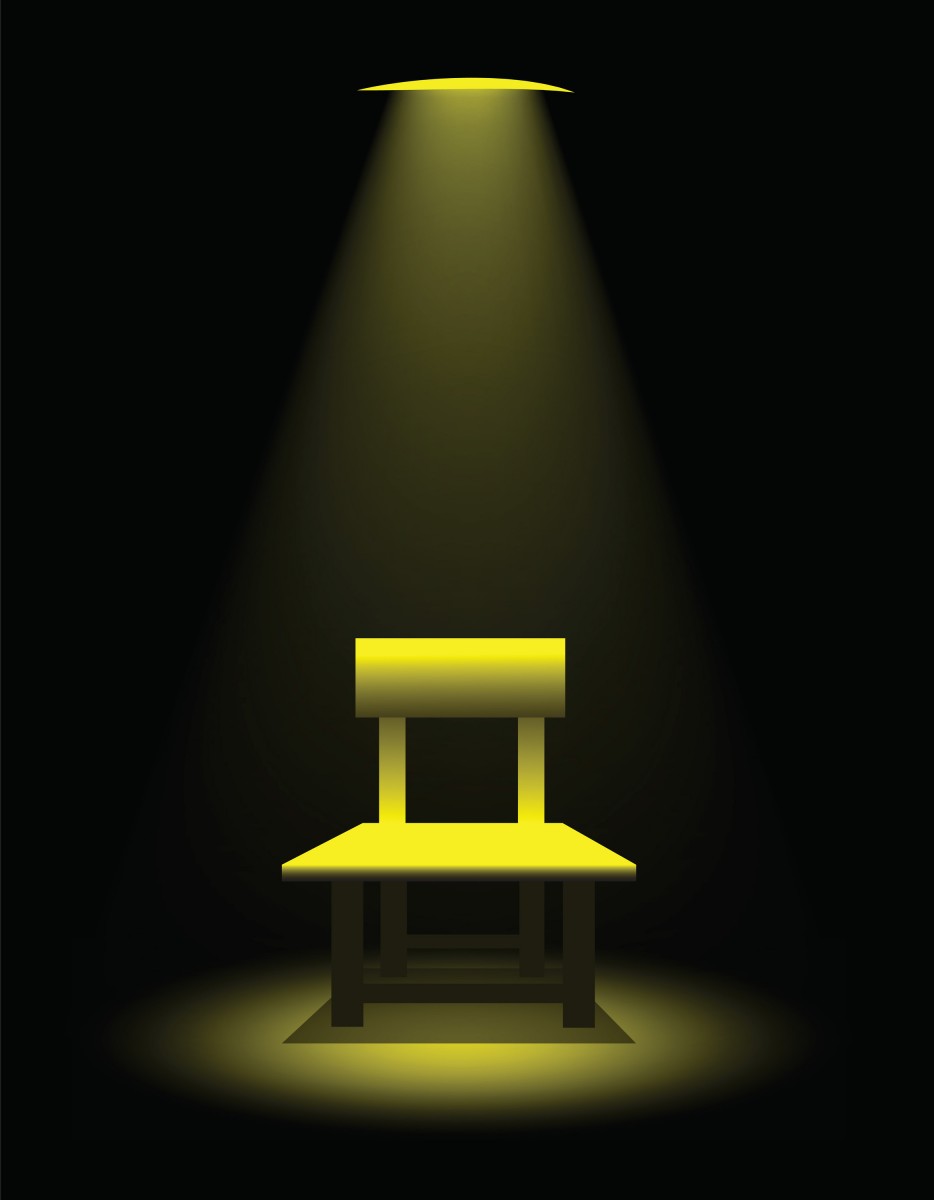5 December 2014
As historical researchers, our role has much in common with prosecutors in a court case. When we search historical records, we search for information we can use as evidence. We hope to find answers to certain questions. What we really hope is that the historical person-of-interest has left us a confession.
Like prosecutors, however, we often don't get that confession. Instead, we have to build a case from all sorts of "circumstantial" evidence—that is, indirect evidence—and negative evidence.
There's another lesson to glean from this comparison. Good prosecutors, even when they have a confession, don't rely upon that to secure a conviction. Knowing that some people confess to things they never did, a good prosecutor will still thoroughly investigate the issue and build a case. So must we, because any piece of direct evidence, in which our person-of-interest "confesses" a piece of information, could be mistaken, biased, or a deliberate lie.
PHOTOCREDIT: "Interrogation room vector," CanStockPhoto (http://www.canstockphoto.com/images-photos/interrogation.html#file_view.php?id=18988400 : downloaded 4 December 2014), uploaded 27 March 2013 by adamsyujur; used under license.